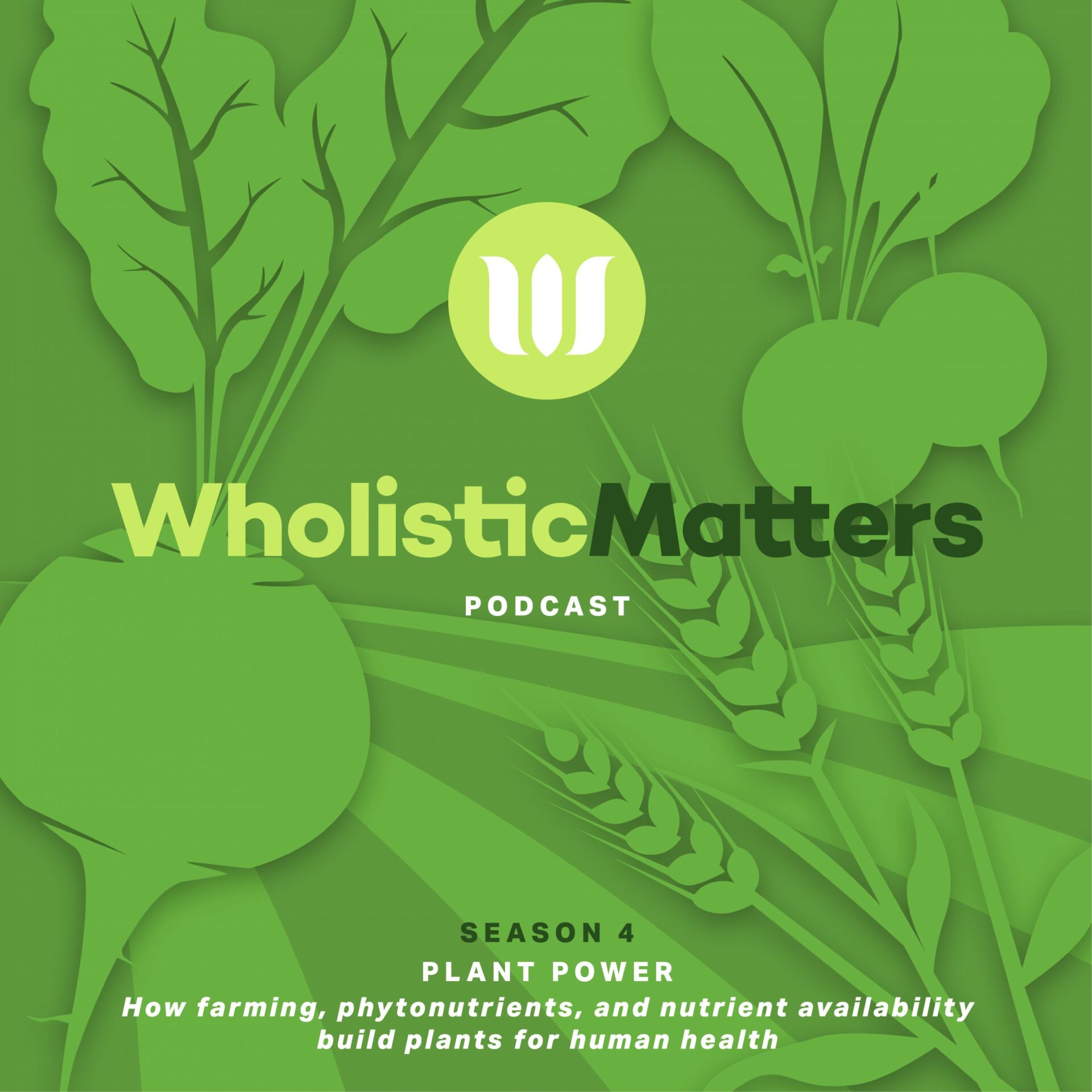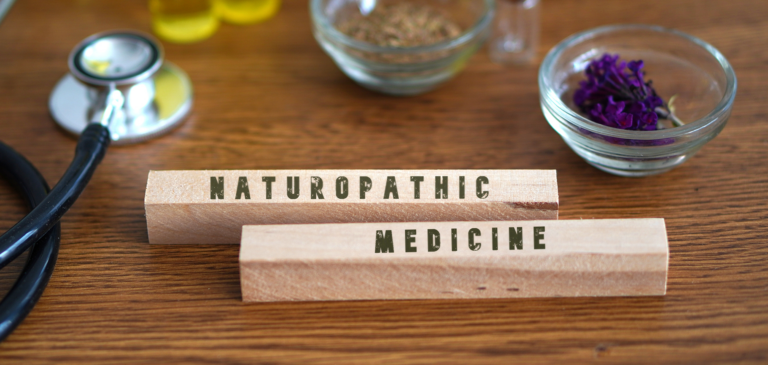Defining the Advantage of the Whole Food Matrix
About this Episode
In the first episode of the fourth season of the WholisticMatters Podcast Series, our topic is the whole food matrix. Guests on this episode are nutrition scientists Brandon Metzger, PhD, and Weston Bussler, PhD. Listen all the way to end for clinical insights from practitioner Dave Hogsed, DOM, AP.
Defining the Whole Food Matrix
We begin with the task of defining the whole food matrix, a concept that’s difficult to describe with only a few words. Defining the whole food matrix depends on the context of a particular food or nutritional supplement, with ingredient preparation and processing being key components of understanding this matrix. Some definitions that Dr. Metzger and Dr. Bussler provide are “the degree to which components are removed or isolated to deliver what our body needs in the form of nutrients” and the “physical domain with potential reactions with thousands of metabolites from a whole food.”
The whole food matrix can be advantageous for human health. Research indicates that eating whole foods (fruits and vegetables) can help with the absorption of things like vitamin A from carrots. Additionally, the ecosystem of bacteria in the soil impact nutrient bioavailability, which we will talk more about in future episodes on farming and nutrient utilization.
Research shows opportunities to improve bioavailability with protein and polyphenols. This has been done in research studies where high-quality protein sources were attached to phenolic compounds in high concentrations in plant materials to create a shelf-stable polyphenol delivery system.
Supplements as “Whole Foods”
Our guests describe how can supplements be thought of as “whole foods” when some supplements have the same qualities as whole foods, such as the fiber in beet root and beta-glucan in oats delivering the same functional benefits in the form of a whole food. They describe the process important for keeping supplement ingredients as close to the whole food counterparts as possible, involving control of oxidation exposure (i.e. heat, light) to keep nutrients stable.







